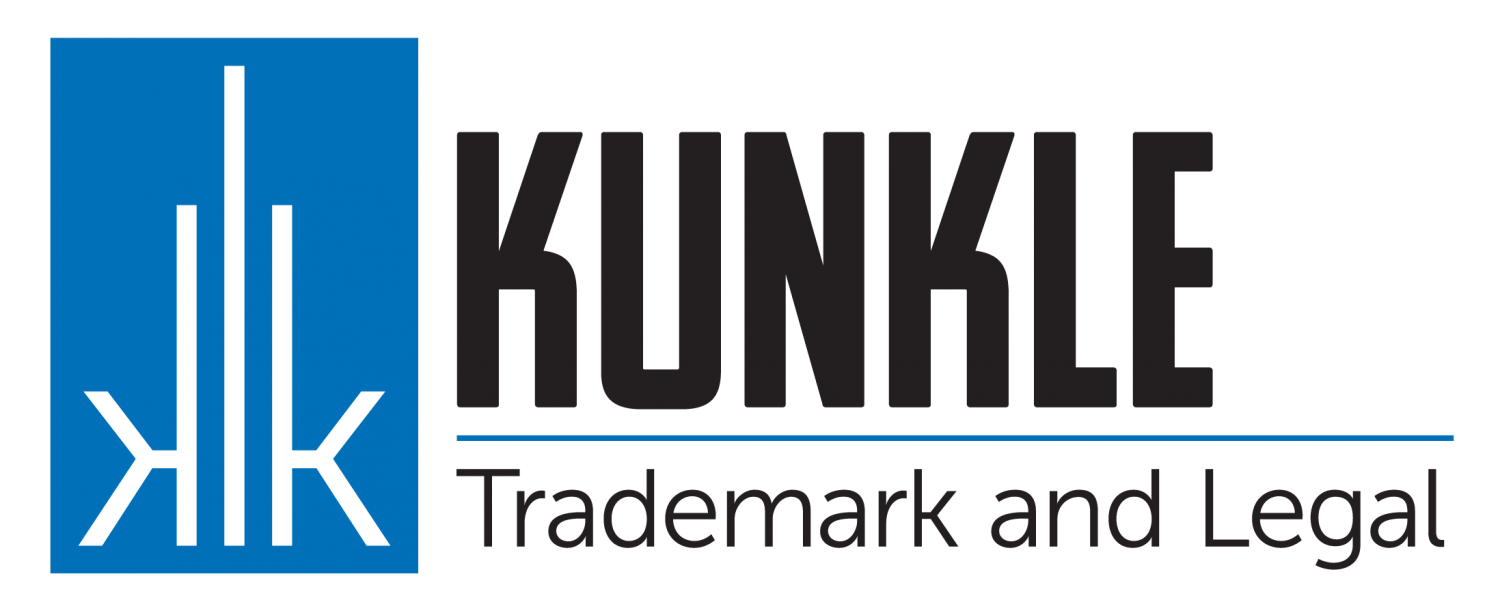
“Answer the phone, answer the phone” – that’s what my cell phone screams in the voice of my daughter whenever someone tries to reach me. I recorded it a while back and it amuses me and everyone around me every time it plays. What happens, however, when you record someone else’s creative work as your ring tone?
Under US copyright law, users of compositions must pay copyright owners when recording a composition. When the recording party and the copyright owner do not negotiate a license, Section 115 of the Copyright Act provides that the Copyright Royalty Board can establish a predefined rate which allows the recording party to record the composition without the explicit permission of the owner of the composition’s copyright. In traditional recording settings, this is often refereed to as a mechanical.
In the recent decision DC Circuit decision Recording Indus. Assn. of Am. v. Library of Cong., No. 09-1075 ruled that the Copyright Royalty Board’s decision that royalties paid for use of compositions as ring-tones should be be paid as 24 cents per recording (penny-rate) rather than as percentage of the wholesale rate (the RIAA argued the rate should be 15% of the whole rate charged). The court affirmed the reasoning of the Copyright board who found that “that a single penny-rate structure is best applied to ringtones as well as physical phonorecords and digital permanent downloads” because of “the efficiency of administration gained from a single structure when spread over the much larger number of musical works reproduced.”
The basic reasoning – which I agree with – was that a flat penny rate is the fairest and simplest method of compensating individual songwriters. This is usually true for most creatives. Keeping licensing of copyright and trademarks as simple as possible reduces disputes over the method of calculations.
